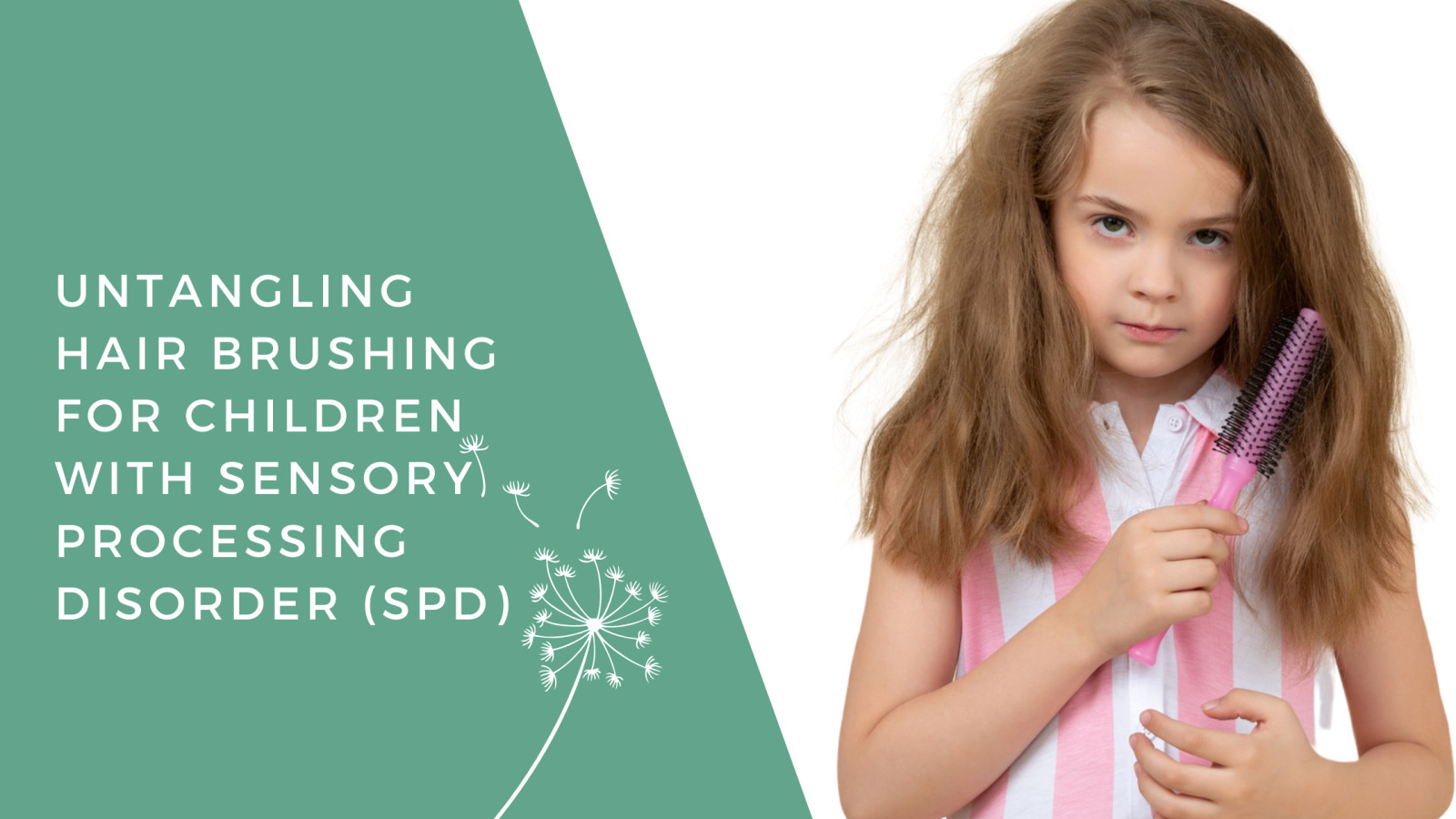
Gentle Hair Care: Hair Brushing Challenges for Children with Sensory Processing Disorder (SPD)
Hair brushing is a routine part of daily grooming that many of us take for granted. However, for families of children with Sensory Processing Disorder (SPD), this seemingly simple task can become a significant challenge. The heightened sensitivity that comes with SPD can make hair brushing a stressful, and sometimes even painful, experience for some children. So how can we ease this process and make hair brushing a comfortable activity for our little ones? Here are some challenges and effective solutions that can help.
The Challenges
1. Heightened Sensitivity: Children with SPD often experience heightened sensitivity in their scalp and hair. This means that even gentle hair brushing can feel more intense and actually painful for them.
2. Fear and Anxiety: Due to past negative experiences, children with SPD might develop a fear or anxiety associated with hair brushing, making them more averse to the activity.
3. Communication Barriers: Younger children or those with additional communication difficulties might struggle to express what specifically about hair brushing is uncomfortable, making it harder for parents to address the issue.
4. Texture and Tools: The feel of certain brushes or combs can be bothersome for children with SPD. Sometimes, even the texture of the handle can be off-putting.
Practical Solutions
1. Desensitization Technique: Gradually introducing the sensation of hair brushing can help desensitize your child to the experience. Start by gently massaging their scalp with your fingers before introducing a brush.
2. Choice of Brush: Opt for brushes with soft, flexible bristles. Wide-tooth combs can also be a gentler option for detangling hair without causing discomfort. This one has an ergonomic "handle", and over 90,000 reviews from all hair types. You might even consider taking them to the store and having them feel each brush on their hand. They might not be able to tell you why they do/don't like a certain one, but they usually know it when they feel it!
3. Use of Essential Oils: Incorporating calming and soothing essential oils (make sure they're only pure, therapeutic-grade ones) into your hair care routine can make a significant difference. Lavender and Cedarwood, known for their soothing properties, can be diluted with a carrier oil and gently massaged into the scalp. This not only helps to calm the child but also makes the hair brushing process more pleasant.
4. As mentioned above, EOs (Essential Oils), can help create a calm environment, and also help sooth the scalp. If your child has unruly hair like mine, adding a good detangler will help even more. We've gone through tons of bottles of random detanglers over the years. But I finally learned that with my son's thick, curly, longer hair, investing in a product that will actually work is worth it. This leave in conditioner is a bit spendy, but I would pay anything to tame those screams from my kiddo!
5. Create a Routine: Establishing a consistent hair care routine can help children with SPD know what to expect, reducing anxiety over time. Make sure the routine is a calm, enjoyable experience by incorporating comforting elements like a favorite song or a story.
6. Communication and Choice: If your child is able to communicate their preferences, let them have a say in the hair brushing process. Allow them to choose their brush, the time of day for brushing, or even the type of essential oil to be used. Also, often if they do the brushing themselves, it is less painful for them.
7. Distraction Techniques: Engaging your child in a favorite activity, such as watching a beloved TV show or playing with a favorite toy, can help distract them from the discomfort they might feel during hair brushing.
Conclusion
While hair brushing can present challenges for children with Sensory Processing Disorder, understanding these challenges and employing specific strategies can lead to a more comfortable and enjoyable experience for both you and your child. By choosing the right tools, integrating a soothing environment, and creating a calm, consistent routine, you can transform hair brushing time into a special, stress-free part of your child's day.
Remember, patience and empathy go a long way. Every step forward, no matter how small, is progress. And with consistent effort and love, you can make hair brushing a more pleasant ritual for your sensory-sensitive child.




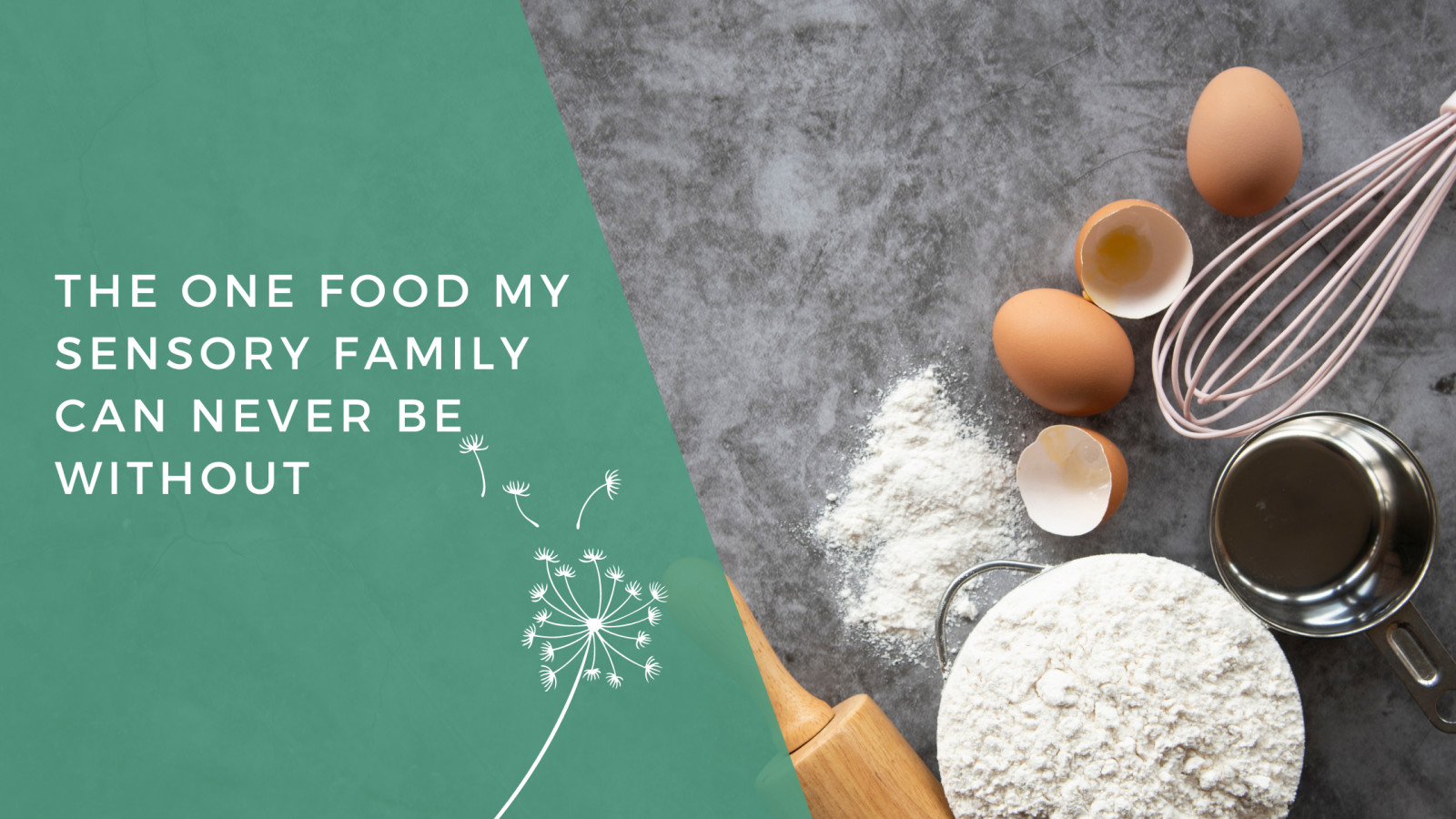
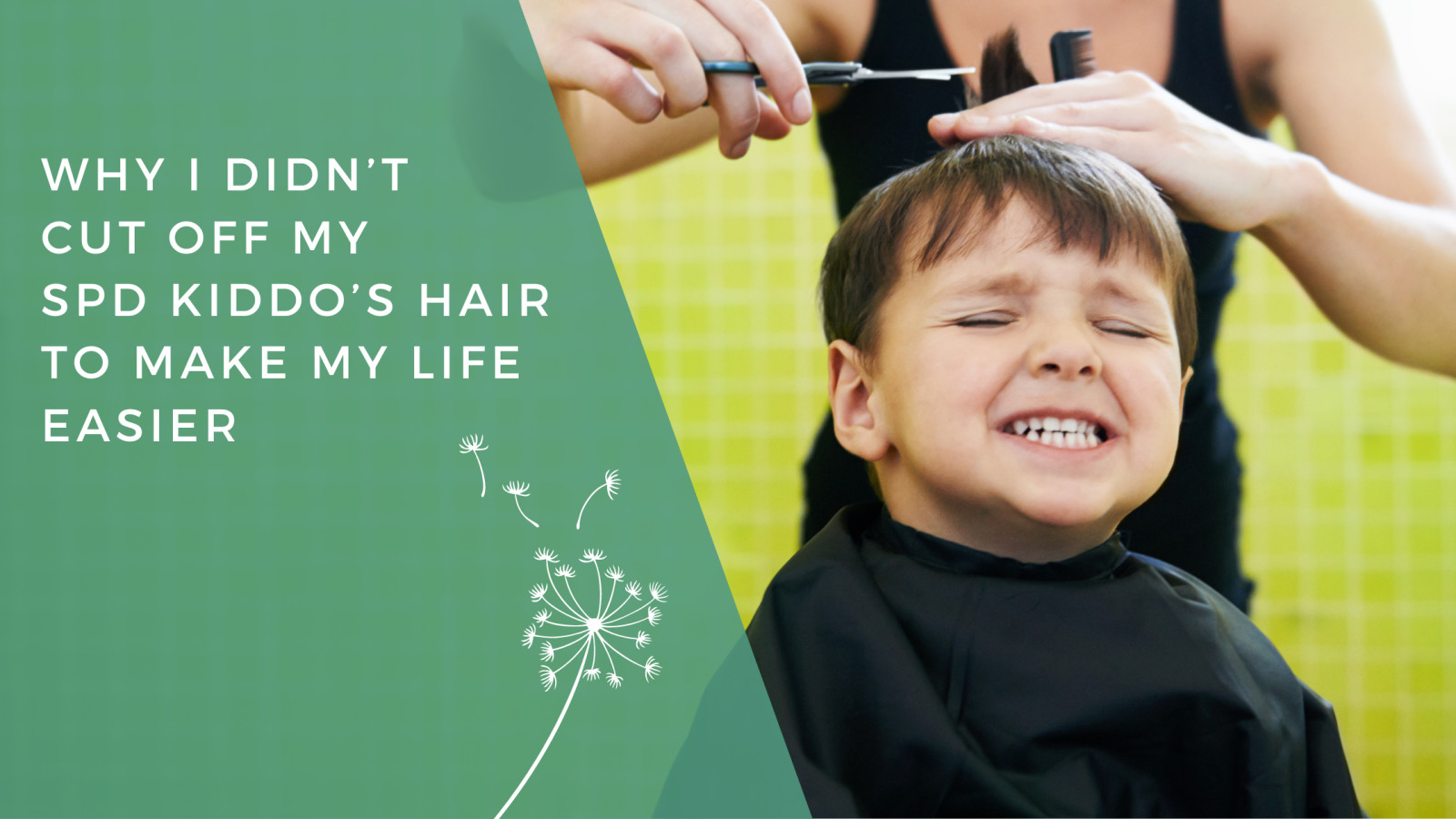


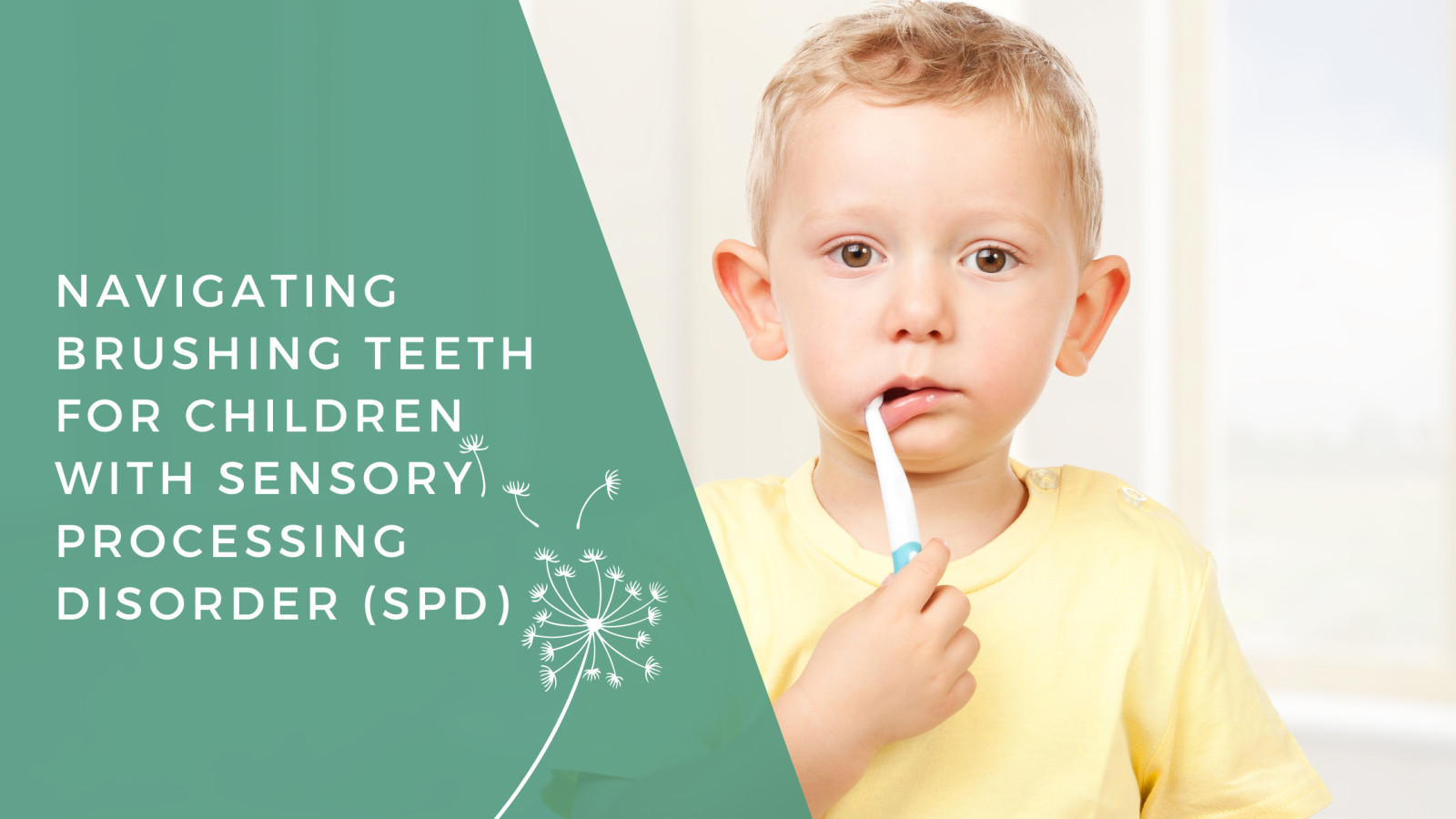

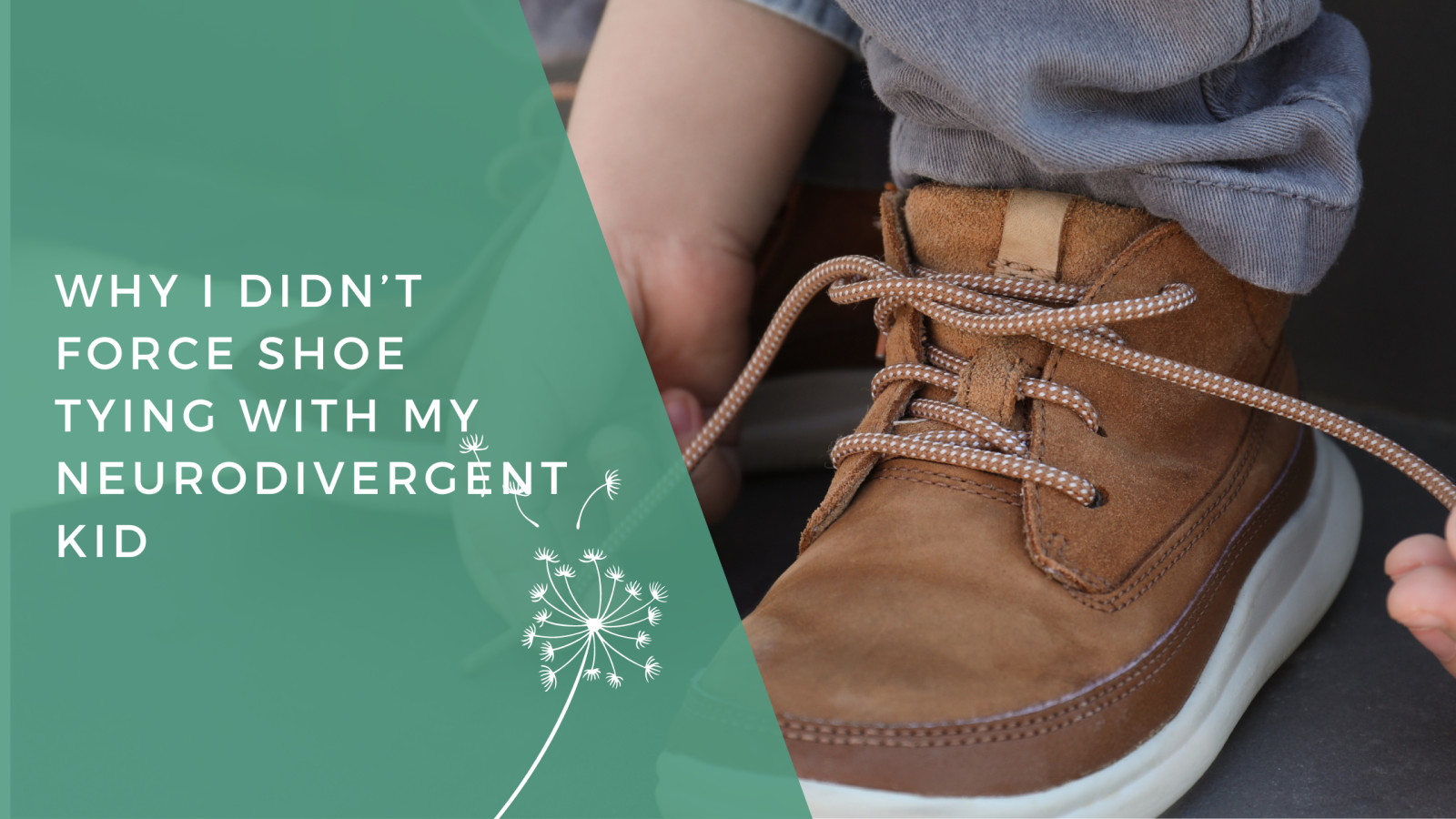




0 Comments